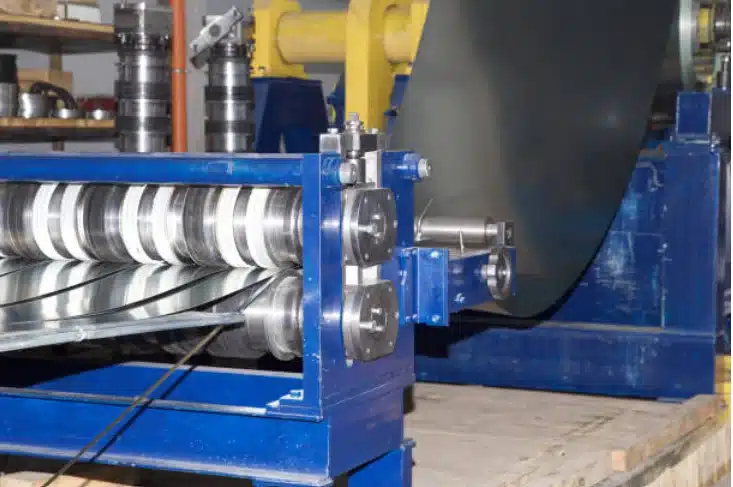How Avalanche Enables Enterprise and DeFi Applications with Its L1 Design?

In Q1 2025, Avalanche reached a major milestone with over 150 sovereign Layer-1 chains in production across DeFi, enterprise, healthcare, real estate, and gaming. Well, these are high-throughput, compliance-ready AppChains, each customized to meet the specific demands of its domain.
Daily transactions across Avalanche L1s have reached an all-time high of over 13M, averaging ~11M per day since May 11, 2025, with finality times under 1.2 seconds and transaction costs below $0.001—showcasing Avalanche’s design-driven performance, not just raw scale.
More than just scaling solutions, Avalanche L1s offer control and customization.
From processing 20M+ healthcare records to modern age Perpetual DEXes and enabling DeFi platforms with custom tokenomics and 2x performance gains, these chains highlight a clear shift away from congested public networks and semi-modular L2s.
So, what makes Avalanche’s L1 design unique for serious enterprise and DeFi applications? Let’s explore.
Why Enterprises and DeFi Projects Are Moving to Avalanche L1s
Avalanche L1s are sovereign, full-stack blockchains built for enterprise and Defi performance, regulatory compliance, and custom governance.
As of mid‑2024, over 35 live subnets have been deployed, supported by $120 million in ecosystem grants, with 12 Fortune 500 firms actively testing Subnet (now L1) use cases.
Let us break down why Avalanche L1s are winning the trust of the most demanding industries.
Full Sovereignty for Compliance-Driven Sectors
Enterprises choose Avalanche L1s because shared infrastructure is not a viable option for them. In sectors like healthcare, finance, and supply chain, jurisdictional control, compliance implementation, and control are non-negotiable.
Avalanche L1s offer full sovereignty for projects to define validator topology, consensus rules, and even deploy custom virtual machines apart from the default EVM. For example, enterprises can deploy a C++-based Avalanche L1 to manage HIPAA-compliant medical data, embedding compliance logic directly into the virtual machine, something smart contracts alone cannot guarantee. This represents protocol-level governance designed to meet real-world enterprise compliance demands.
Predictable Performance for DeFi Use Cases
For DeFi projects, speed alone is not enough, and predictability is essential. Public chains and shared rollups often face mempool congestion, delayed confirmations, and sequencer bottlenecks. Avalanche L1s address this with Snowman++consensus, delivering sub-450ms deterministic finality and 4,500+ TPS under real-world conditions.
That is why platforms like Dexalot moved to their own Avalanche L1, which enables custom mempool logic, validator control, and execution rules customized for high-frequency trading with zero MEV exposure.
Custom Economics and Gas Token Flexibility
Unlike Layer-2s that lock you into using ETH for gas (Optimism deprecated other ERC-20s as custom gas tokens), Avalanche L1s’ design gives full control over your chain economics. You can define native gas tokens, implement fee subsidies, or even offer gasless UX, customizing transaction costs to match your app’s model.
For example, DeFi Kingdoms uses $JEWEL as its gas token, seamlessly aligning gameplay with chain operations. Avalanche L1s also support fee delegation, oracle-based pricing, and tiered fee models, which enable everything from SaaS-style billing to free-to-play user experiences. With average fees around $0.0015, projects can choose to subsidize, cap, or eliminate fees entirely, designing the economics their ecosystem needs.
Built-In Modularity for Enterprise-Ready Deployments
Launching and operating an Avalanche L1 is not a DevOps burden to get an enterprise-level design. Each chain comes with fault-tolerant validators, Subgraph-compatible indexing, modular architecture, and built-in observability for telemetry, profiling, and real-time alerts if going with an infra partner.
With HyperSDK, developers can build custom VMs in Rust, Go, or C++ and embed domain-specific logic, whether it is financial primitives, on-chain identity workflows, or compliance mechanisms, all directly into the protocol layer.
The best part? It is not experimental. As of Q2 2025, 64+ Avalanche L1s are live on mainnet and 789+ active on Fuji testnet. This has applications in fintech, logistics, identity, gaming, etc. We can say that infrastructure is battle-tested and enterprise-ready.
Native Interoperability via Avalanche Warp Messaging (AWM)
One common concern with appchains is fragmentation—if each project runs its own chain, how do they interoperate? Avalanche L1 design solves this with Avalanche Warp Messaging (AWM), a native, trustless inter-chain communication protocol.
AWM enables Avalanche L1s to exchange messages and assets without bridges or third-party relayers, using cryptographic proofs at the protocol level. This means enterprises can run isolated, compliance-specific chains while still interacting with partner networks, liquidity hubs, or shared services. So from federated blockchain use cases like banking to a defi aligned consumer apps, AWM ensures that sovereignty doesn’t come at the cost of connectivity.
Enterprise-Grade Web3 Begins with Avalanche L1s
Avalanche is entering a phase of modular acceleration. The new ACP-77 enables enterprises to pay-as-you-go L1s. It helps to cut validator costs by up to 70% and removes the need to validate the primary network. With dynamic scaling via localized RPC caching and self-healing sequencers, Avalanche is on track to support 500+ L1s by 2026.
It is backed by over $290M in AVAX grants through the Multiverse program and 12 Fortune 500 pilots in tokenized finance and gaming. In the future, Avalanche L1s will become the foundation for enterprise and DeFi at scale, with $5B+ in RWA tokenization and $100M+ in payment flows expected by the end of 2025.

Step-by-Step Guide to Filing Reconsideration Requests in UAE Tax Assessments

Smart, Simple, Seamless: The Rise of NFC Business Cards

Top Features of Dynamics 365 Customer Engagement You Should Be Using

Accelerating drug discovery through the DEL-ML-CS approach

AI in Marketing Is No Longer a Buzzword — It’s the Strategy

Renewable Energy Systems: A Smarter Way to Power the World

Top Benefits of 3D Rendering: A Comprehensive Overview

Precision in Motion: How Slitting Machines Drive B2B Manufacturing Efficiency








